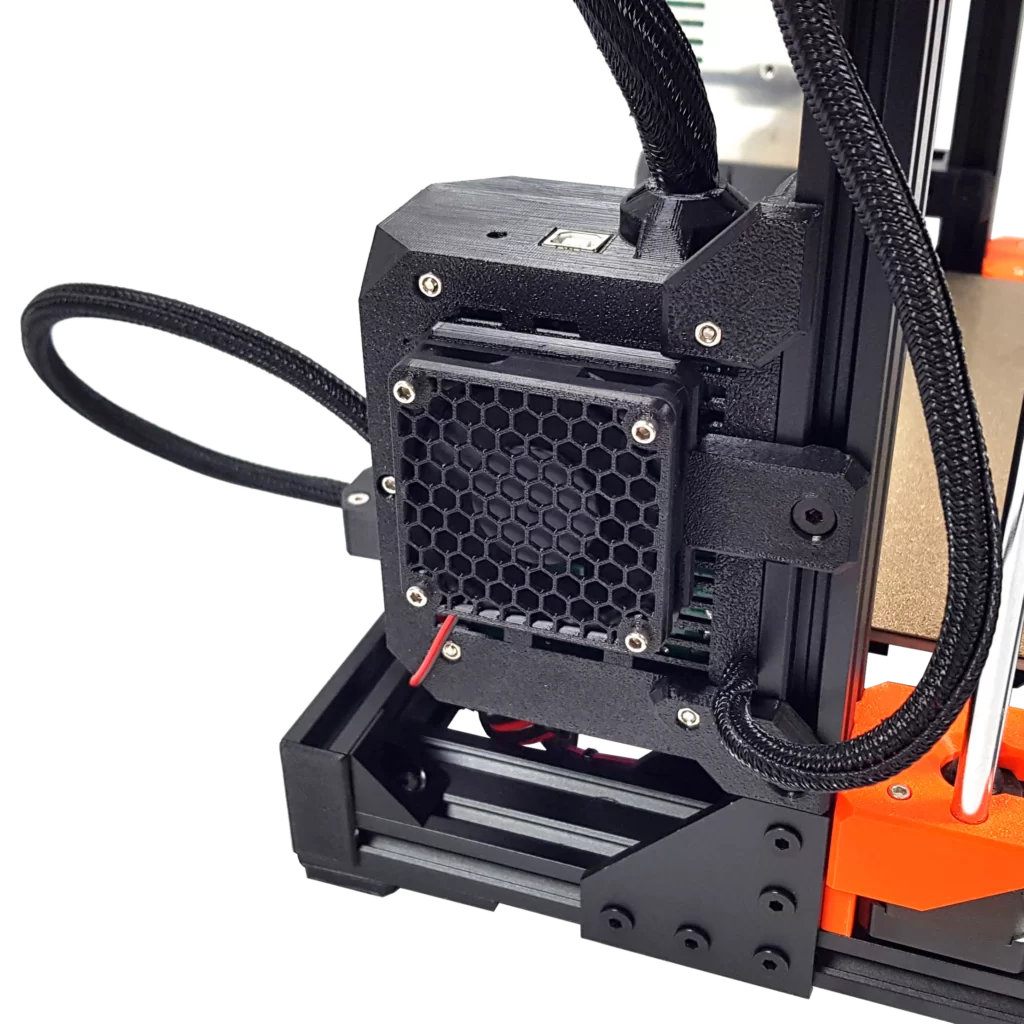
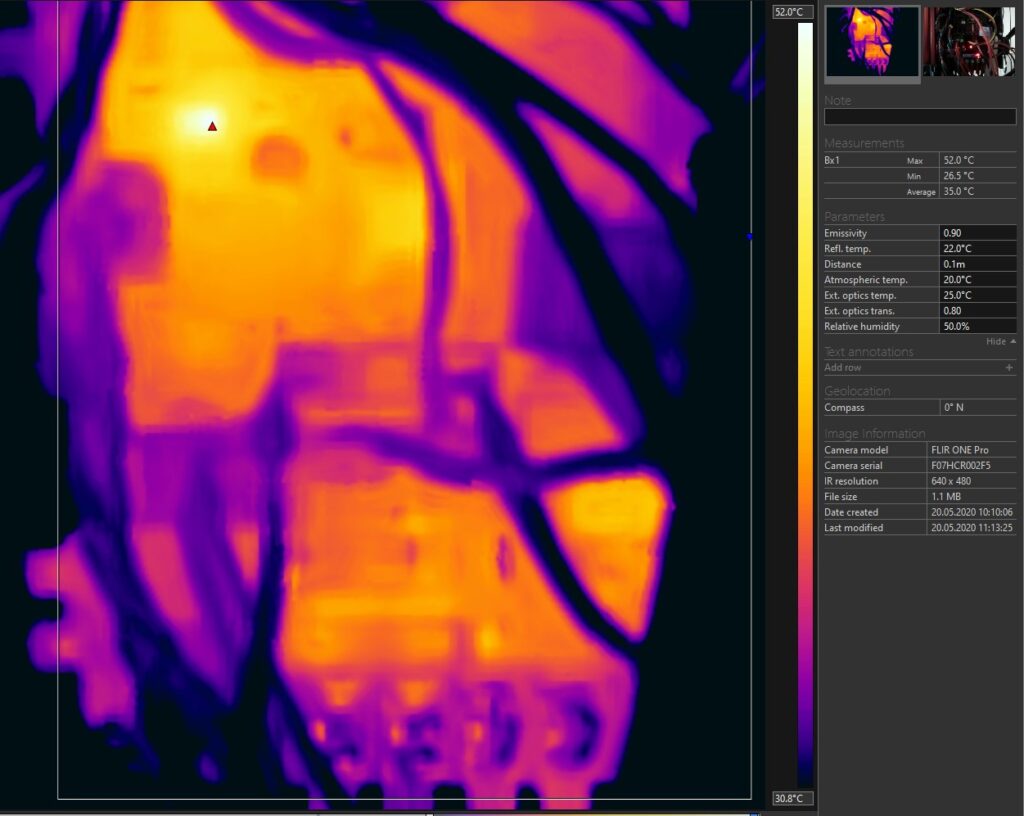
We’ve made it, our fully open-source BEAR MK3S 3D Printer is finally here in Malaysia! But what makes it so special compared to the Original Prusa i3 MK3S+ ? Are clones any better ? You have come to the right place! Below we will answer the most frequently asked questions and also to give you a little insight into our engineering & hardware that is on board the BEAR MK3S 3D Printer.
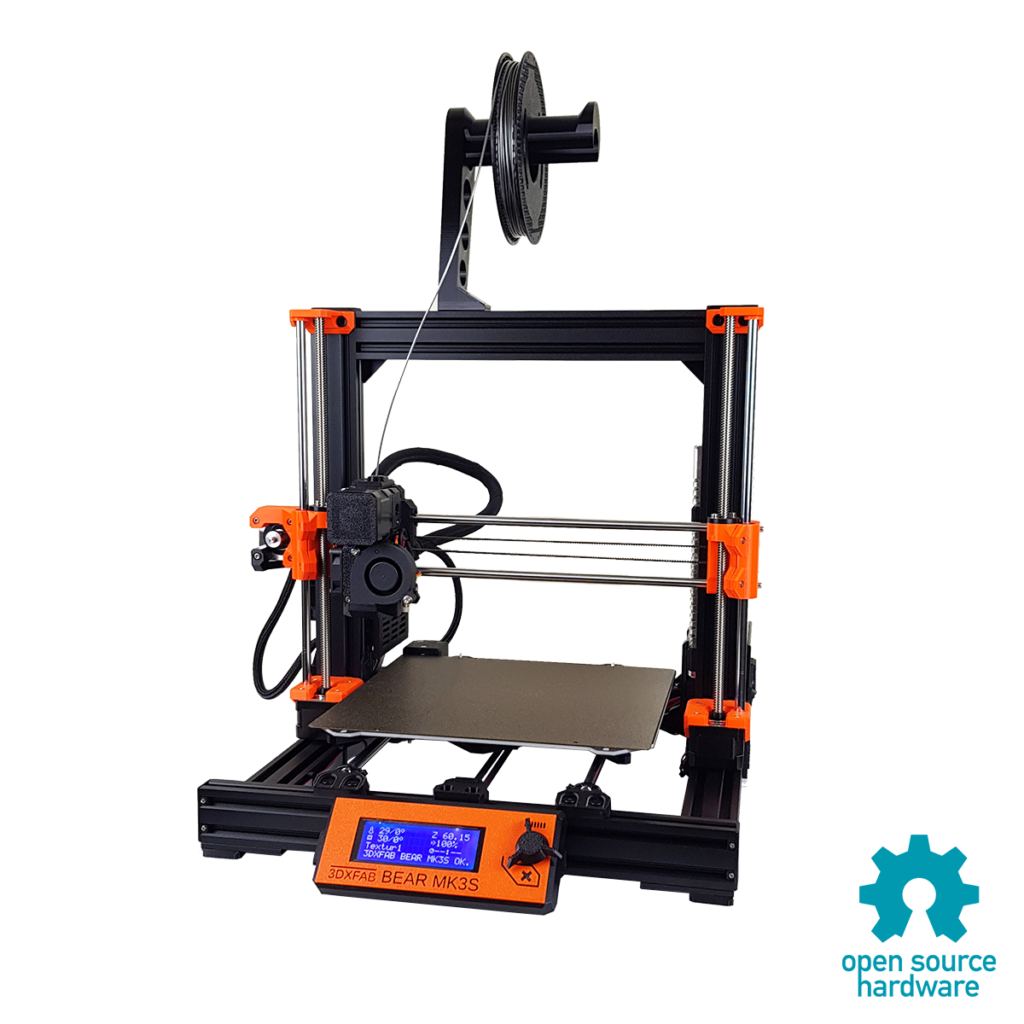
Let’s dive straight right into the first question. (Estimated reading time: 15 minutes)
Short answer, No. The BEAR MK3S is not a direct clone of the Prusa i3 but an open source project done to further improve the Prusa MK3S hence BEAR MK3S. The BEAR Project was initially founded by Grégoire Saunier. The BEAR Project is an active community project on GitHub.
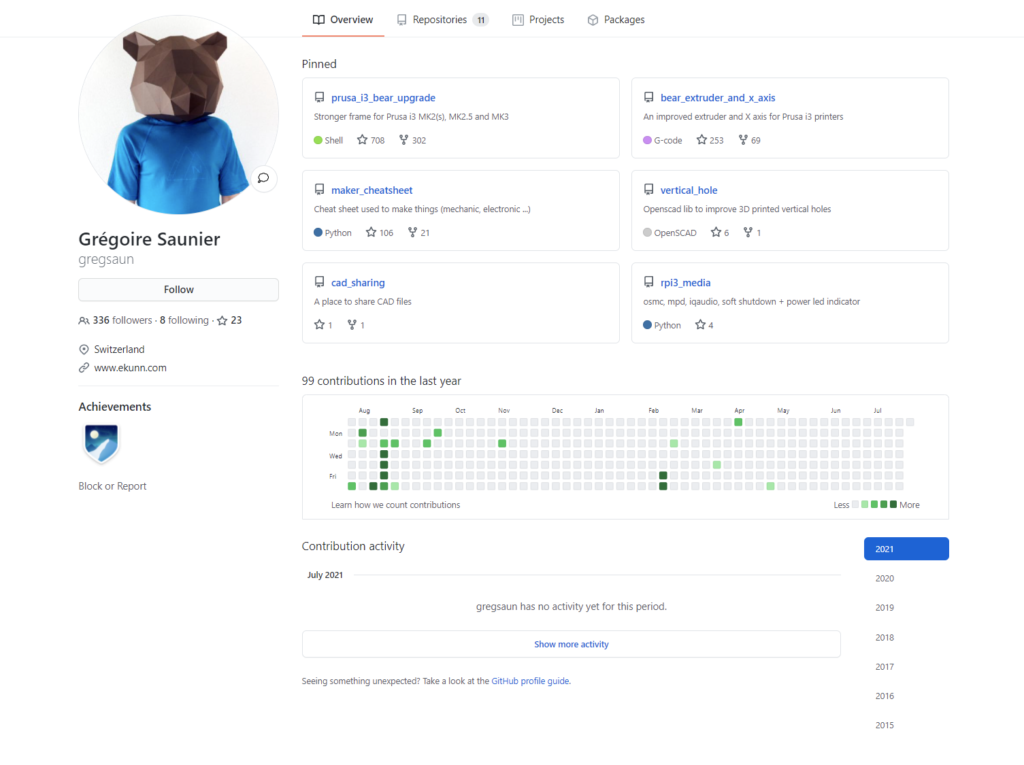
What is sold online, for example on AliExpress of the Prusa BEAR 3D Printer is simply a kit from this open-source project like the Voron 2.4/V0 kit. But bear in mind (pun-intended) the quality of those online kits can be somewhat questionable. 3DXFAB Research & Development had also brought a few BEAR kits online from various platforms to justify its quality and price.
Here are a few of the problems that we have identified :
The sole purpose of the BEAR Project is to fix any flaws found on the Prusa i3 MK3 line of printers, to name a few would be the lack of tensioner on the X and Y Axis, incorrect filament path in the extruder body R3-R5, weak Y-carriage bearing holders, etc.
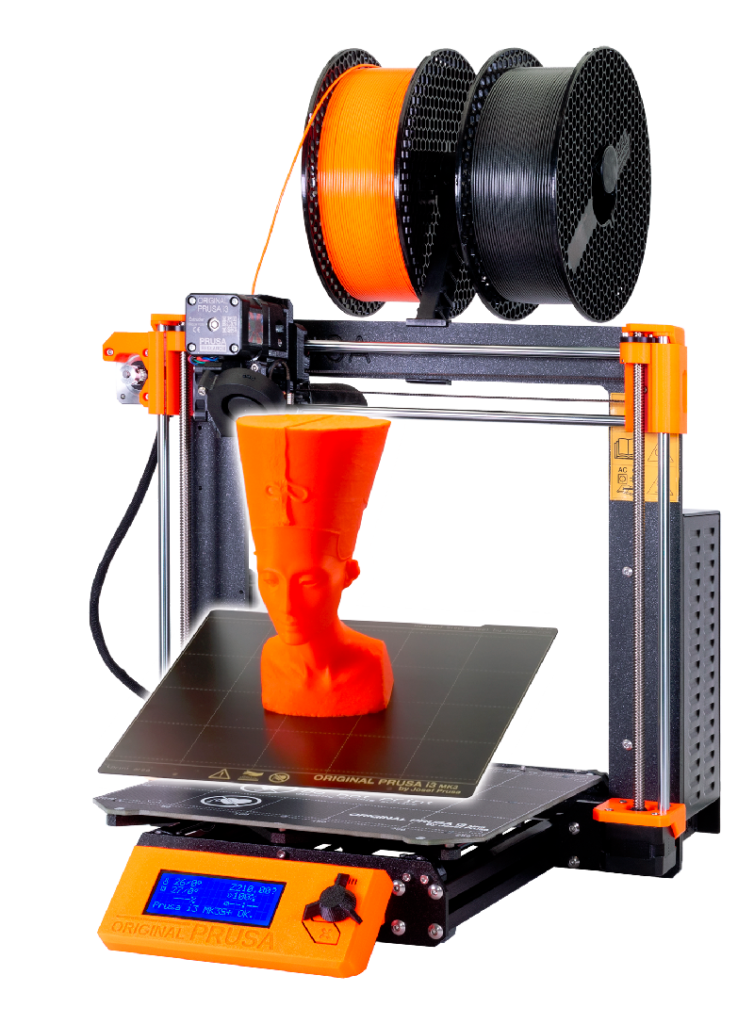
When Prusa Research launched the new MK3S+, most of the upgrades & fixes were referenced from the BEAR Project. These flaws and upgrades to the Prusa i3 MK3S+ were all fixed in the BEAR MK3S.
With that in mind, how do we solve those issue u asked ? Well, engineering and a little tad of magical hardware of course !
Most Prusa BEAR kits purchased from the web often comes with a PTFE lined HeatBreak, which is not only bad for High-Temp printing but a pain to replace which requires the teardown of the entire HotEnd assembly.
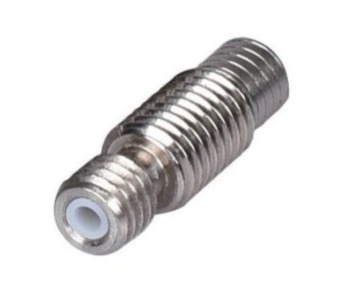
Not only that, the HeatBlock is also made from a mysterious aluminium alloy through casting which can dramatically reduces it strength and structure integrity at higher printing temperatures > 240°C . It can also cause severe temperature fluctuation due to its lower density, even when PID-Tuned !
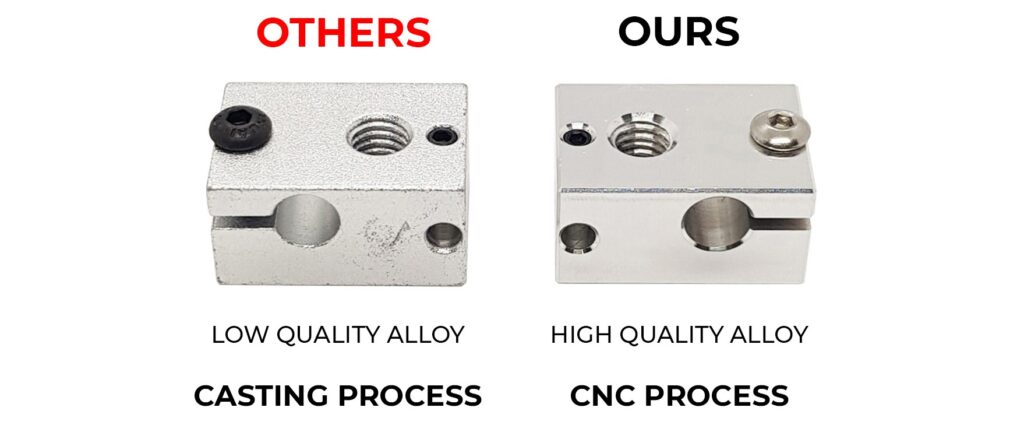
We couldn’t just install any all-metal HeatBreak to the BEAR MK3S to enable high-temp printing. This is because thermoplastics loves to stick to metal which is what a HeatBreak is made out of. A HeatBreak with an internal surface roughness of Ra > 0.7 will certainly clog when printing PLA (commonly found in those cheap all-metal V6 HeatBreaks on the market).
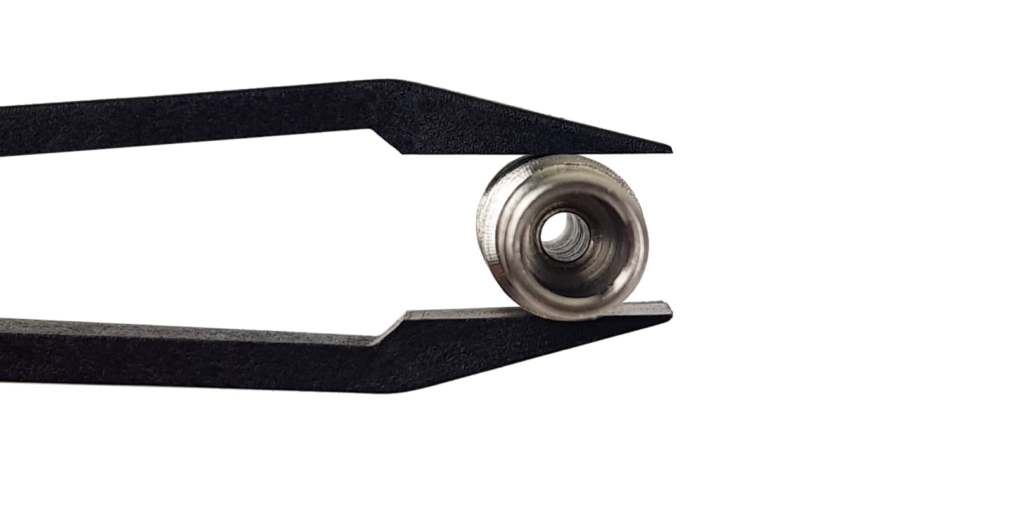
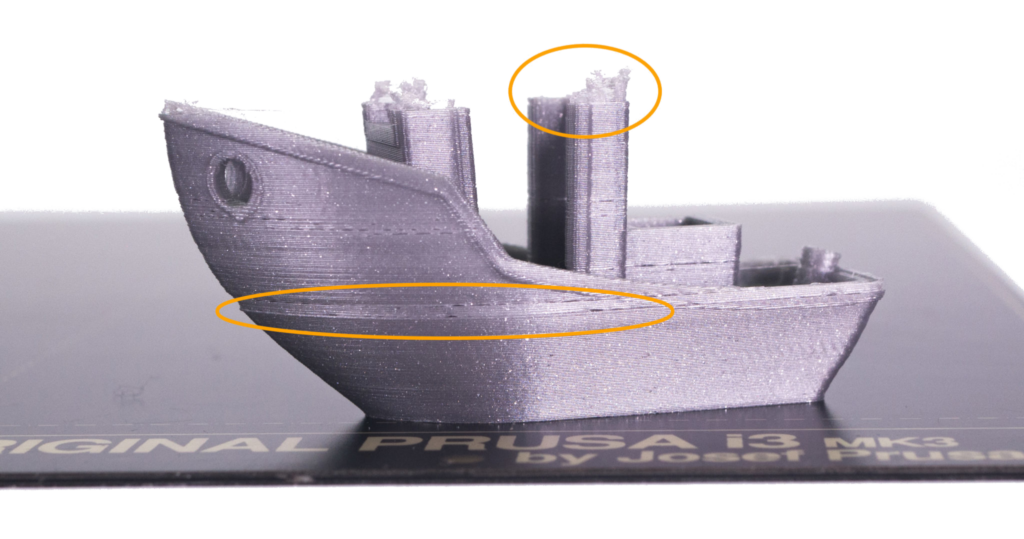
This is where our HeatBreak comes in. 3DXFAB Titanium V6 HeatBreak feature a refined internal surface finish (Ra < 0.3) to reduce extrusion force and improve retraction reliability. Made from Grade 5 Titanium, these HeatBreaks are exceptionally strong and have lower thermal conductivity than stainless steel HeatBreaks, allowing it to keep the cold side of the HotEnd even colder.

Did you know that the Original Prusa i3 MK3/S/+ still uses a stainless steel HeatBreak ? Fear not, 3DXFAB Titanium V6 HeatBreaks are the perfect upgrade for printing at higher temperatures, helping to maintain a sharply defined melt zone at higher temperatures with without clogs.
Fun fact : 3DXFAB Titanium V6 HeatBreaks can print PLA with an ambient temperature of up to 34°C without the worry of clogs! Perfect for a hot and humid country like Malaysia.
Dual-drive gears on the market can come in all sort of shapes and form. Take a look below

(1) Missing teeth definition; (2) Incorrect distance from head to teeth profile; (3) Incorrect tooth geometry; (4) Not optimal tooth width; (5) Incorrect overall length, not hardened
[Based on Bondtech 1.75mm Drive Gears]
Bad teeth definition can lead to slipping of the filament which can introduce retraction inaccuracy during printing and create plastic deposit on the gear. Cheap dual-drive gears usually comes without any heat treatment or a nickel coating, hence there are not suitable for abrasive polymers.

3DXFAB Dual-Drive Gears follows the exact drawings from Bondtech down to the micron. Our gears goes through heat treatment first, done to harden the steel then to final electroless hard nickel coating, done to provide extra protection against corrosion, erosion, and abrasion. Now u can print abrasive polymers like XT-CF20 worry free !
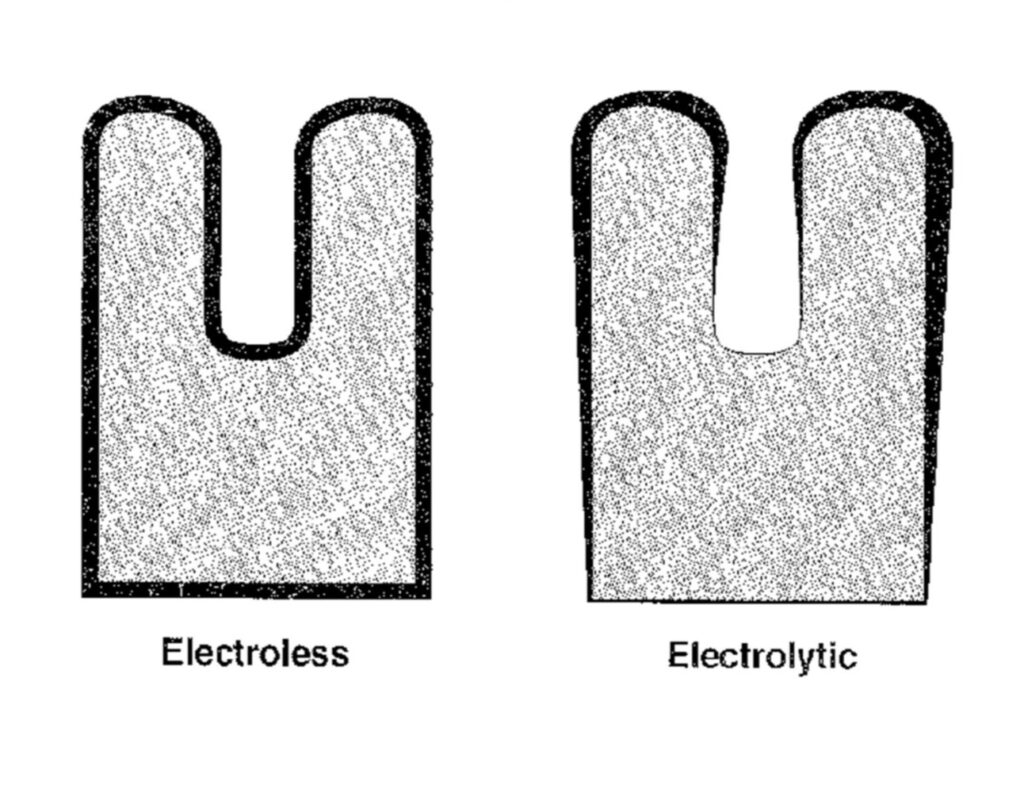
Fun fact : Our gears are slightly in a yellowish color due to the hardening and plating process.
The stepper motors used in the BEAR MK3S are tuned to work with the TMC2130 stepper driver found on the Einsy Rambo board. This will reduce the ripple and vibration of the motor to produce better and cleaner surface finish of the printed part.
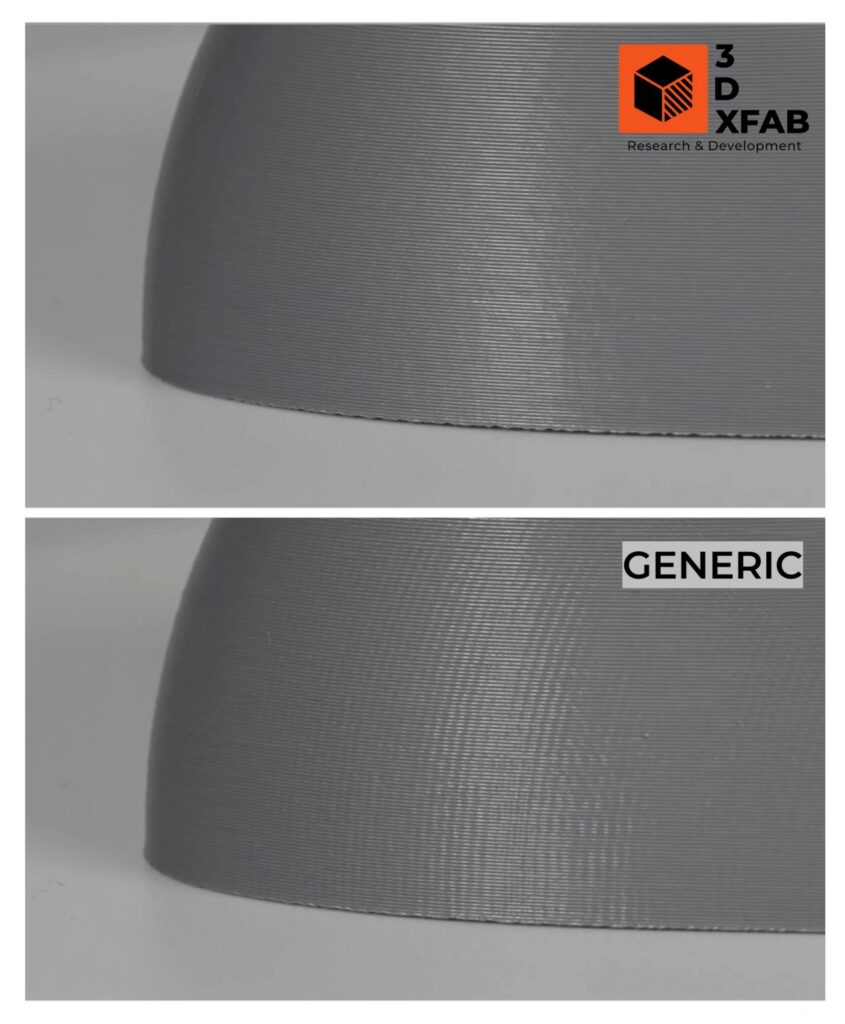
Fun fact : 3DXFAB stepper motors have a specified resistance and inductance values identical to Prusa Research datasheet.
The extruder motor found on the BEAR MK3S is also fitted with a LDO COOL POWER stepper motor. This uniquely engineered stepper motor is designed to run cooler than the stock Prusa Extruder Motor which can can reduce the motor body temperature by 10-15°C. This stepper motor incorporates a special “hollow” rotor which reduces the rotor weight by 25 %; the rotor will now run smoother due to the lower inertia.
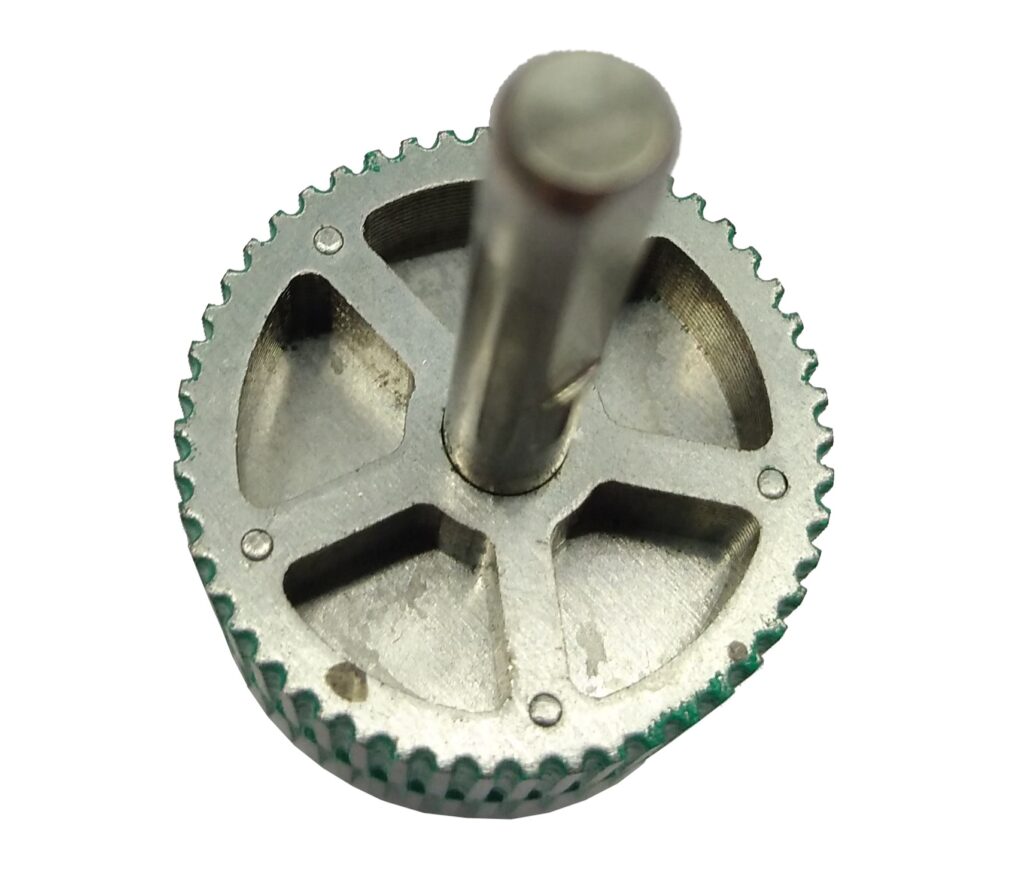
So why do we need a cooler running extruder motor anyway ?
In the BEAR Extruder & Prusa MK3S+ Extruder the drive gear is directly attached to the motor shaft. During long operation hours, the stepper motor body including the shaft can reach a temperature excessive of 55°C. This was a common issue found on the Original Prusa MK3/S/+ where the stepper motor could easily reach 65°C (@ambient temp. 25°C). As PLA (a thermoplastic) starts softening at ~ 50°C, the heat from the motor shaft may cause PLA to deform and form a blob, clogging the entire filament path.
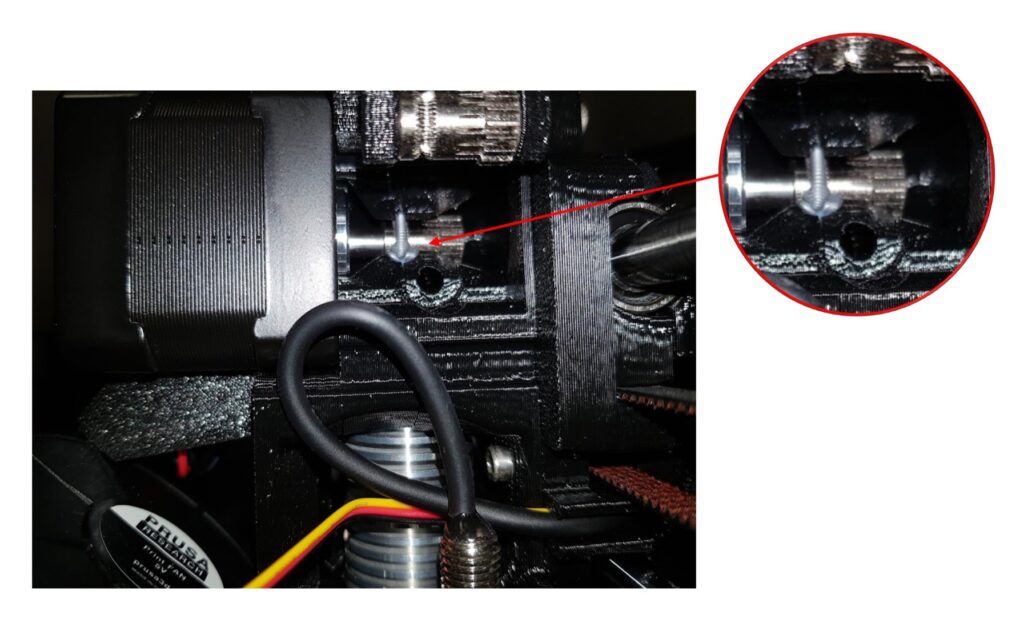
Prusa Research had addressed this issue by reducing the extruder motor current. This fix effectively reduced the operating temperature of the motor but in exchange for lower torque output, now skipping steps is another common problem for it. We went with LDO COOL POWER stepper motor to not only operate at a lower temperature but also retaining the high torque output needed to extrude fast & reliably.
Fun fact : The slim extruder stepper motor found on our BMG Extruders do not need to run cool as the drive gear is not directly connected to the stepper motor shaft.
Purchasing linear shafts from non-reputable sources can be a hit or miss. Usually these linear shafts comes without any datasheet or any tolerances stated. Even worst, it may be a rod not a shaft !
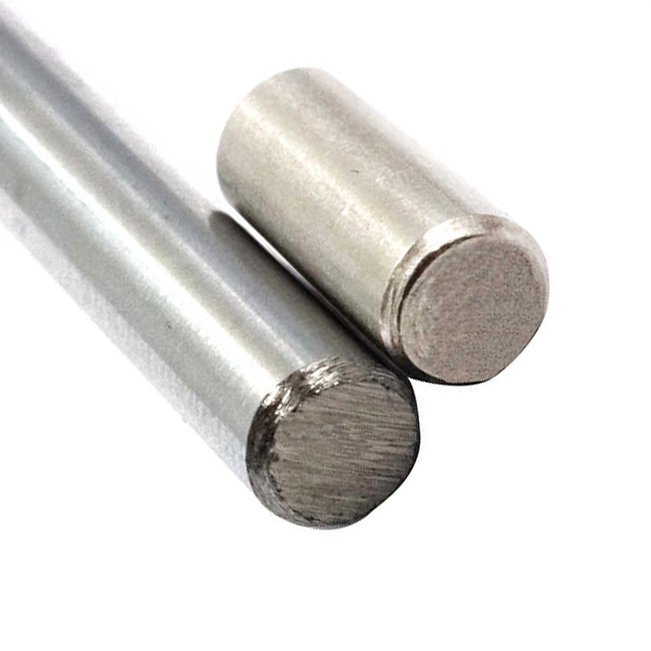
A loose fit between the linear shaft and linear bearing will result in inaccuracies in printing and the infamous rattling syndrome.
A tight fit between the linear shafts and linear bearing will result in binding and layer skips during printing.
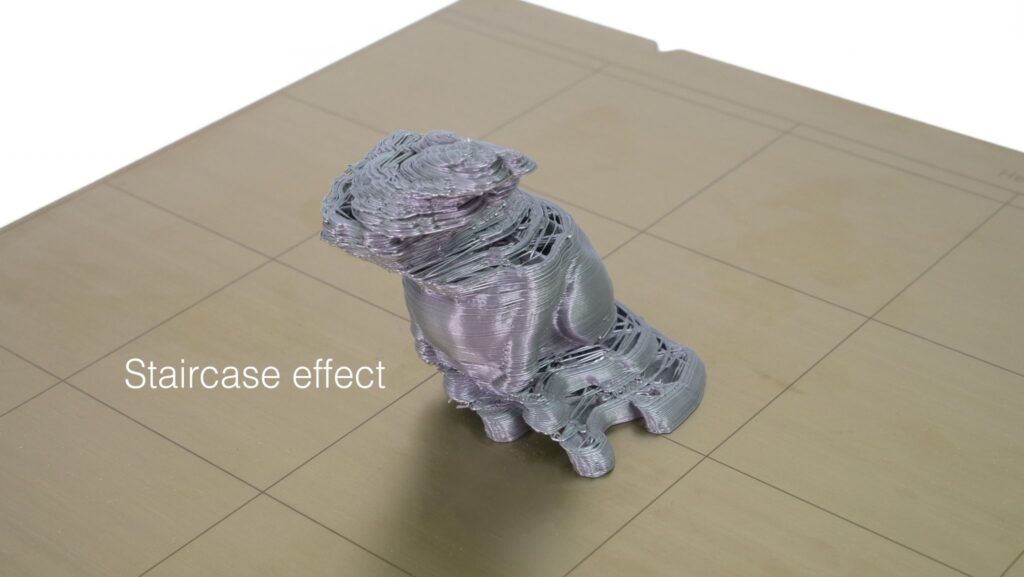
This is why we at 3DXFAB Research & Development had chosen MISUMI as our source for linear shafts and YTP for precision linear bearings. Our linear shafts comes with a diameter tolerance of h5 (0/-0.005mm) instead of g6 (-0.005/-0.014mm) which is more economical but may provide looser fit due to the larger tolerances. All shafts are made from SUJ2 equivalent steel with hard chrome plating as the surface treatment to provide extra protection against corrosion, erosion, and abrasion.
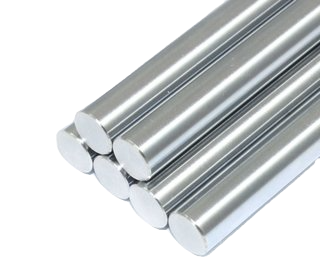
Fun fact : A high precision set of linear shaft and linear bearings is as rigid as linear rails !
3DXFAB A.T.C.I.P V3 (Active Temperature Compensation Inductive Probe Version 3 is our most advance inductive probe ever fitted to a 3D Printer. A.T.C.I.P V3 is use during the printer Mesh Bed Leveling routine.
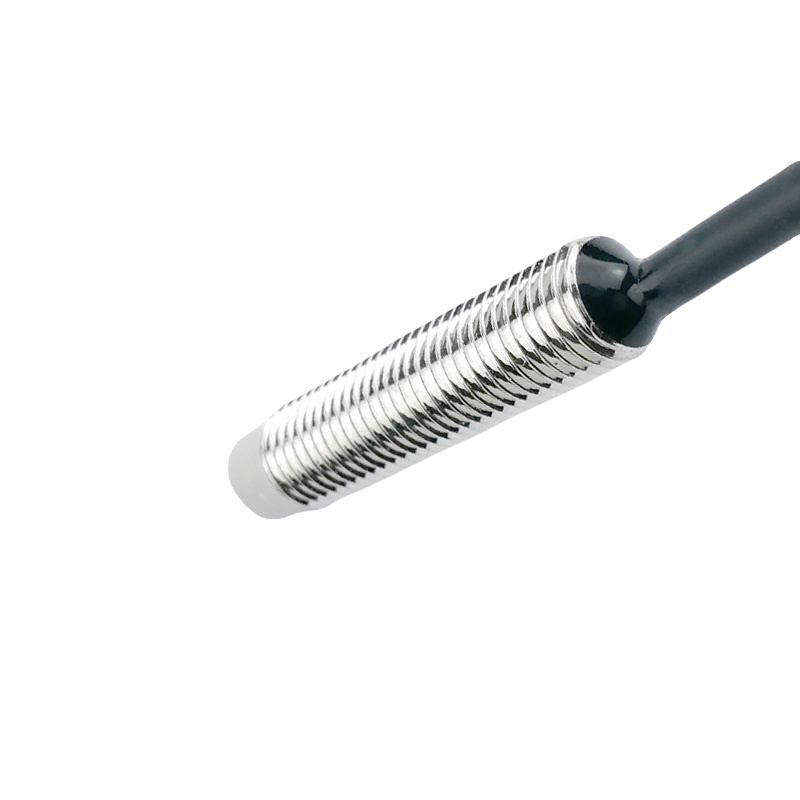
To explain: When the Mesh Bed Leveling routine runs, the sensor probes several points on the print sheet, and the measured values are further compensated from the lookup table based on thermistor values. The sequence is repeated several times and averaged based on the user-selected MBL configuration. – Prusa Research
As the Heatbed heats up, it will inevitably heat up the inductive probe. As the inductive probe uses the principle of electromagnetic induction to detect or measure objects (an inductor develops a magnetic field when a current flows through it; alternatively, a current will flow through a circuit containing an inductor when the magnetic field through it changes). Heat will ultimately distort the readings of the probe resulting in so called ‘temperature drift”. The drift will result in inconstant first layer throughout different Heatbed temperatures as the hotter the bed the hotter the inductive probe gets. Having a low temperature drift percentage will allow the firmware to compensate minimally which improves repeatability of the first layer offset.
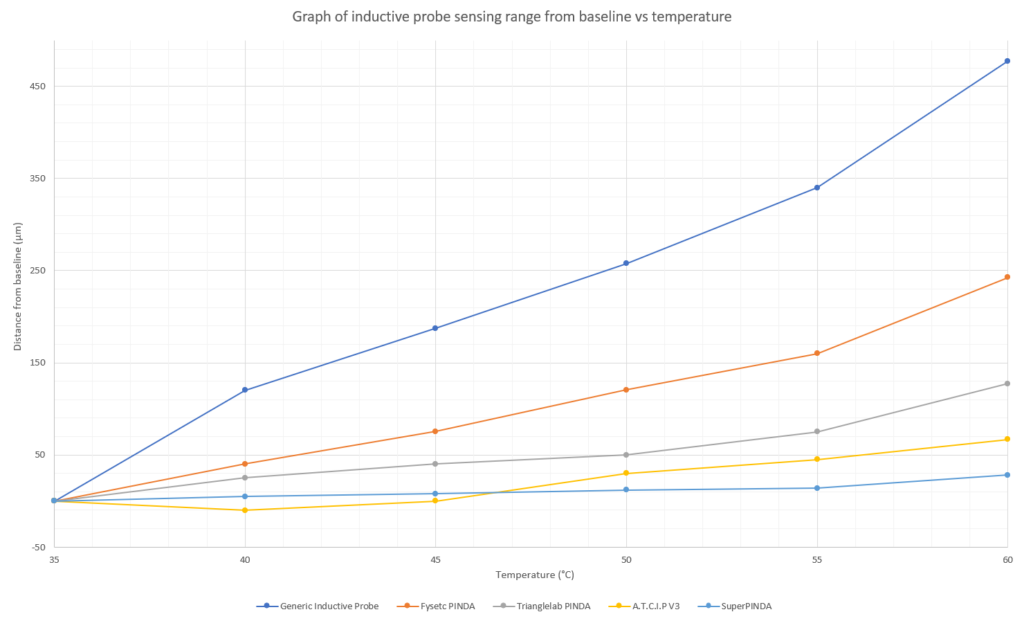
Based on our internal testing data on various inductive probe on the market, the A.T.C.I.P V3 beats every single inductive probe on the market except the SuperPINDA. We regrettably couldn’t opt to use the SuperPINDA by Prusa Research due to the high cost at a whooping ~RM115 and limited availability. A.T.C.I.P V3 is also “set & forget” no matter printing PLA or Polycarbonate. Fear not, owners of the BEAR MK3S can easily upgrade to the SuperPINDA which is supported by our firmware.
As the Heatbed heats up, it will inevitably heat up the inductive probe. As an inductive probe uses the principle of electromagnetic induction to detect or measure objects (an inductor develops a magnetic field when a current flows through it; alternatively, a current will flow through a circuit containing an inductor when the magnetic field through it changes). Heat will ultimately distort the readings of the probe resulting in so called ‘temperature drift”. The drift will result in inconstant first layer throughout different Heatbed temperatures as the hotter the bed the hotter the inductive probe gets. Having a low temperature drift percentage will allow the firmware to compensate minimally which improves repeatability of the first layer offset.
There are multiple thermistors on the market, to name the common few; NTC-100K, NTC-10K, ATC Semitec 104NT-4-R025H42G, PT100 & PT1000. Thermistors are basically resistors whose resistance changes with temperature. Most commonly used type in 3D printers is NTC, standing for “Negative Temperature Coefficient”. When the temperature increase, the resistance decrease. They are made from semiconductors, mostly silicon and germanium, and their resistance value can vary by many order of magnitude in their temperature range. A 100k NTC thermistor has a resistance of 100kΩ (100 000Ω) at room temperature (20°C) and drops as low as 100Ω at 300°C.
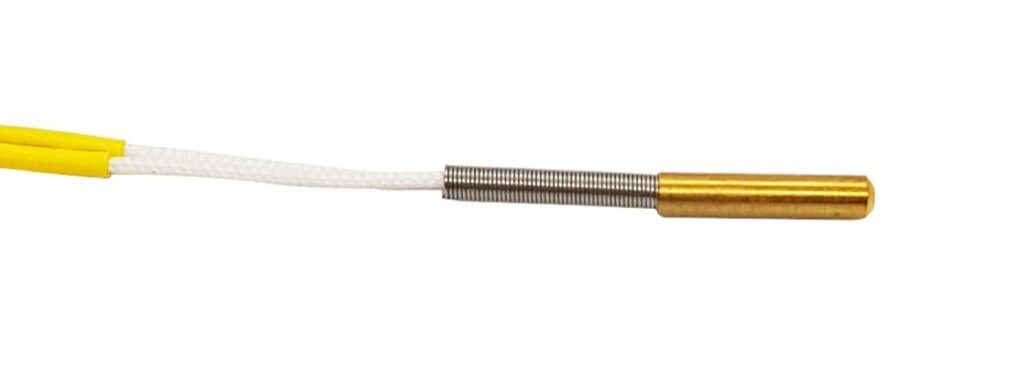
BEAR MK3S is fitted with a Genuine Semitec 104NT-4-R025H42G Thermistor which is rated to 300°C.
So why do we use Semitec 104NT-4-R025H42G instead of the cheaper NTC-100K ?
Most generic NTC-100K thermistors on the market do not provide actual datasheet. This is very important when the temperature readings from the thermistor are based on it resistance value usually provided in the form of resistance/temperature characteristics.
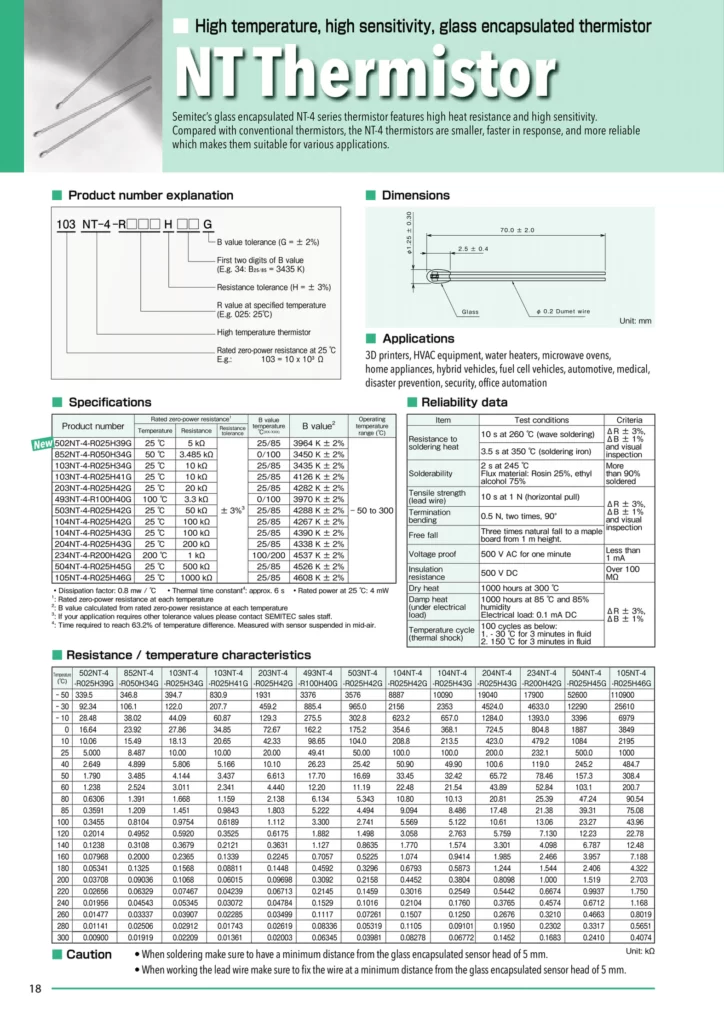
The resolution of a NTC-100K quickly diminishes when passing 105°C. This means that a small change in resistance value will result in a greater change in temperature which may introduce inaccuracies in temperature readings.
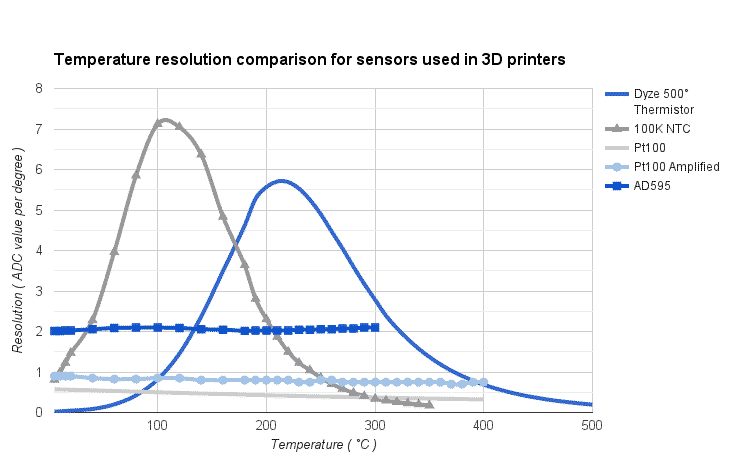
Above 270°C, a NTC-100K thermistor with an inaccurate resistance/temperature characteristics will be unreliable and may result in damages to the HotEnd as temperature may be off by +/- 30°C. As most Aluminium HeaterBlocks are rated up to 300°C, things can quickly turn real bad really quickly especially when using cheaper, casted Aluminium HeaterBlock. In short, good qualities of thermistors are a predictable, accurately known resistance value at every temperature in its operating range.
The BEAR MK3S comes with a precision 24V 40W Heater Cartridge. Our precision capped end provide better structure rigidity and better reliability over many heating cycles.

Our Heater Cartridge has an interior with a high potency ceramic resistance to ensures uniform heating across the tube, improving thermal transfer between the HeaterBlock. Thanks to them the HotEnd heats up faster at a higher temperature and is able to keep the temperature completely stable.

Fun fact : A 30W heater cartridge will provide better temperature stability when PID tuned compared to a 40W. (At a cost of lower maximum achievable temperature)
The BEAR MK3S uses our unique bed mounting system to achieved uniformity across the entire bed. Our 8 point mounting system uses high temperature high rigidity silicone spacers with the lowest coefficient of linear thermal expansion.
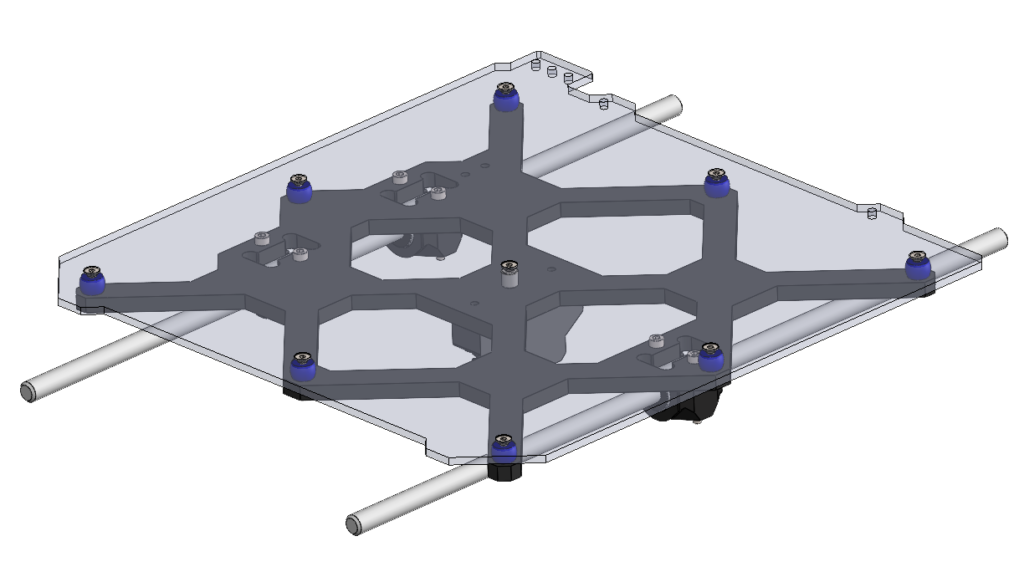
Each BEAR MK3S bed assembly is calibrated by hand in order to achieve the lowest bed variance achievable. This is the reason why we can guarantee a bed variance of < 0.2 mm across the entire bed.
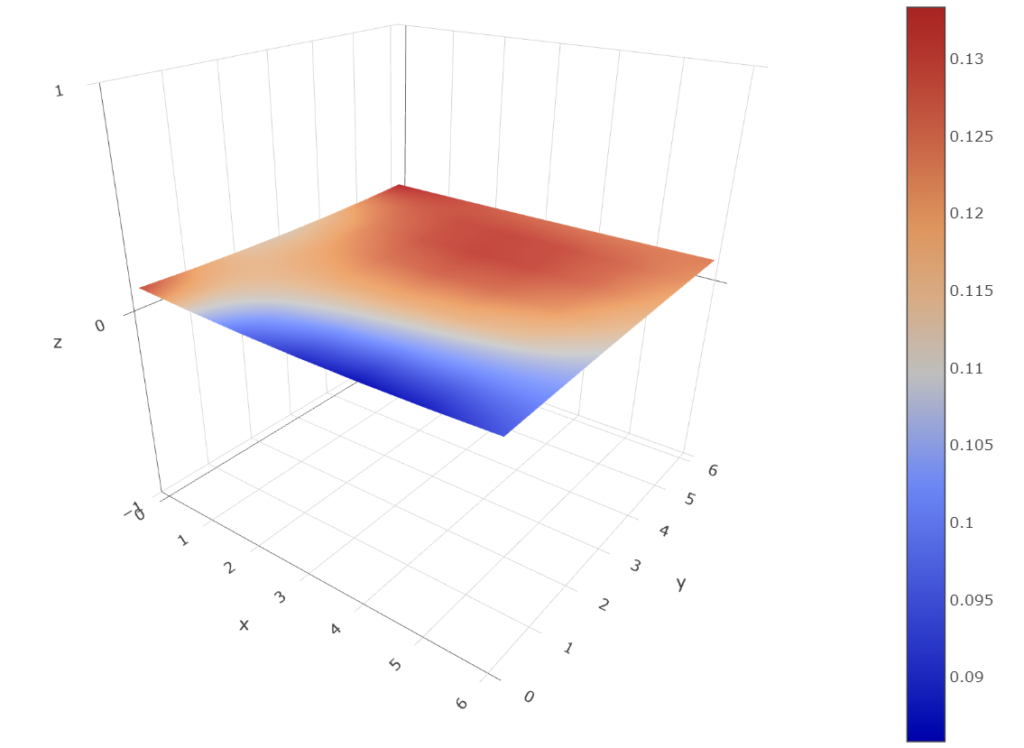
The Original Prusa i3 MK3/S/+ can be temperamental when printing in a high ambient environment > 25°C. This is due to the passive cooling Prusa opted for the thermal management of the Einsy Rambo board.

TMC DRIVER OVERTEMP error only occurs when the TMC Drivers reaches a critical Tjunction temperature of 120°C. This is not only bad for the board but may also impact long term reliability of the 3D Printer.
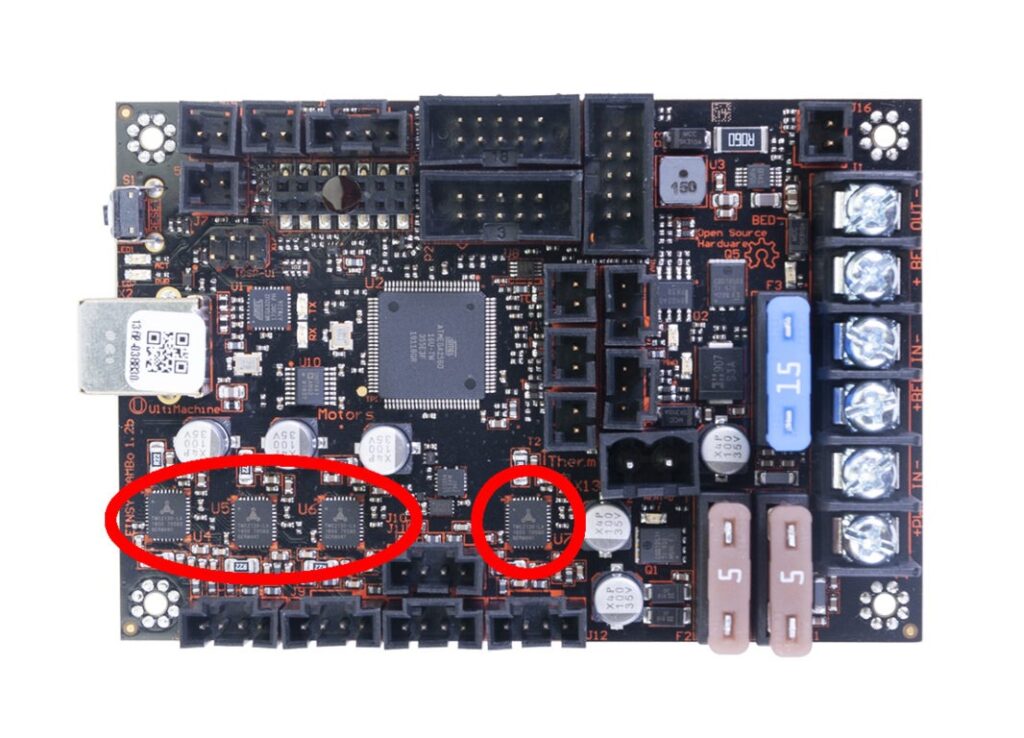
Fear not ! The BEAR MK3S is fitted with a 60mm fan to cool the Einsy Rambo board.


With active-cooling available, the BEAR MK3S can print reliably in a high ambient environment up to 34°C without the risk of overheating TMC Drivers.
BEAR frame provides greater stiffness and rigidity to the machine, and to achieve this, the frame designed by Prusa Research is replaced with aluminum extrusions. A stronger frame will certainly improve the speed and reliability of the prints, and as an extra bonus, you can personalize it with fun colors!
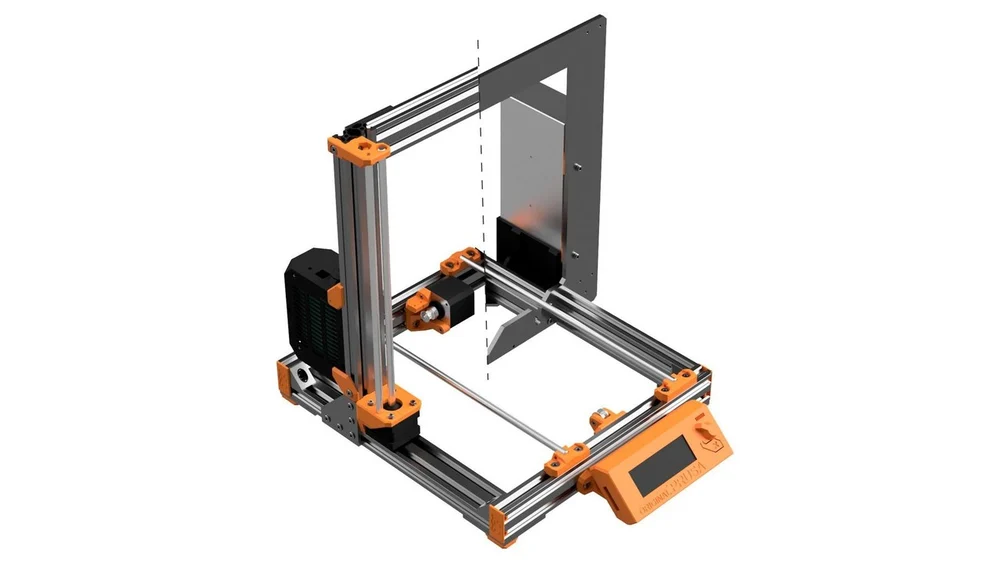
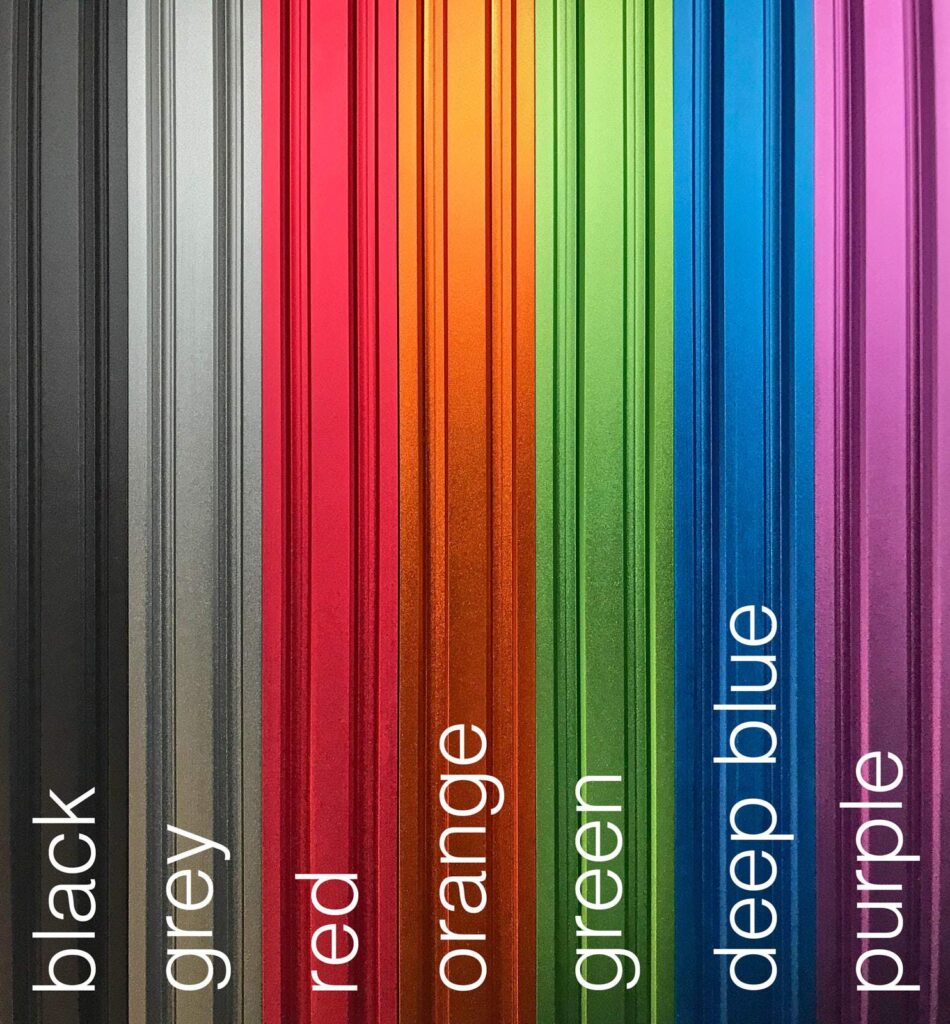
BEAR frames from non-reputable sellers often comes with through holes for assembly. With this, there is no need for angle plates and corner brackets thus saving cost on the bill of materials. But there is a drawback to this assembly method.
This is simply not the case when these frame are sold as cheaply as they could. Without the above two points, there isn’t a way to assembly the frame to square. Needleless to say aligning the frame would be nearly impossible. This is crucial when installing the z assembly of the frame. Without the z assembly being perpendicular to the base, all of the printed part in the Z direction will be slanted. Not great isn’t it ?
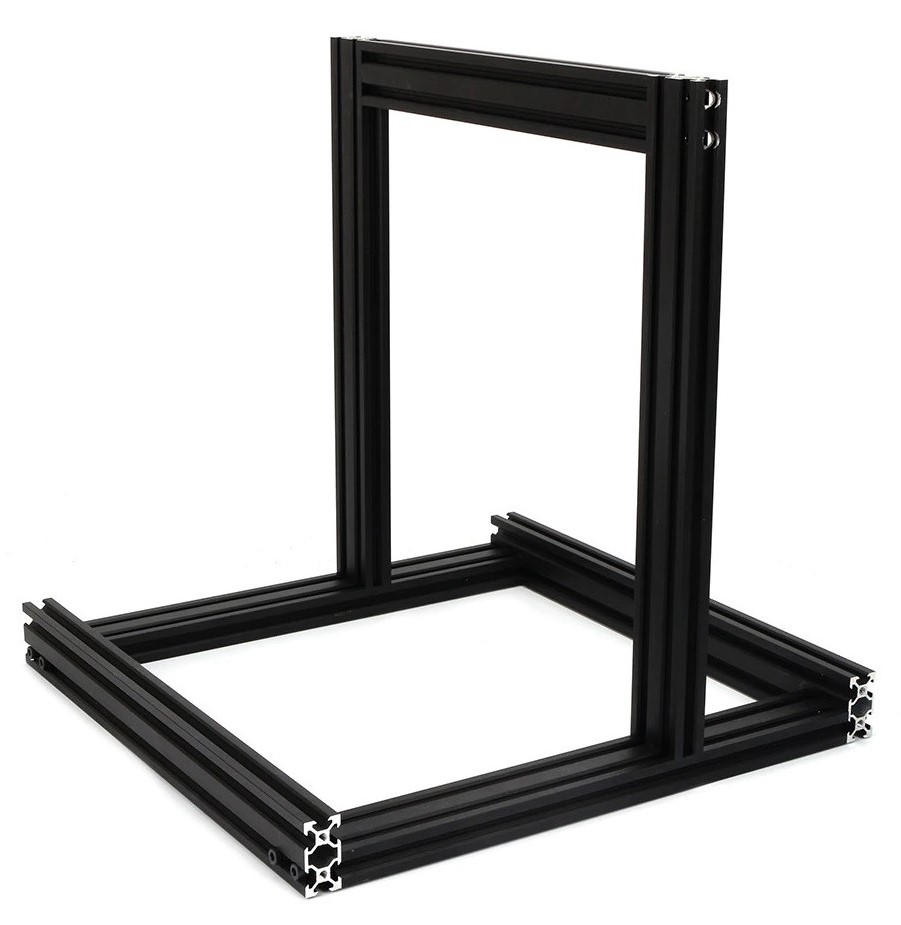
Thus 3DXFAB Research & Development opted to use the original BEAR frame by Grégoire Saunier. 3DXFAB BEAR Frame uses precision CNC angle plates to ensure frame squareness.
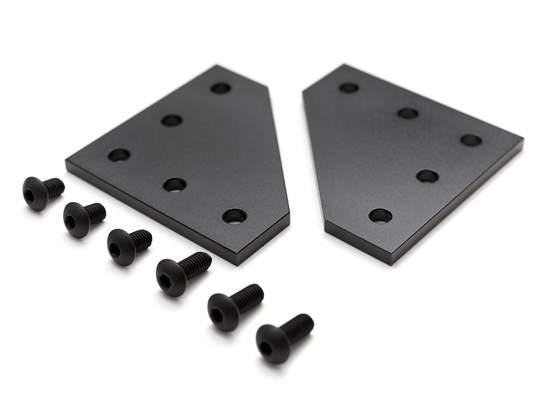
Not only that, our BEAR frames are anodized after cut. Beautiful ain’t it ?
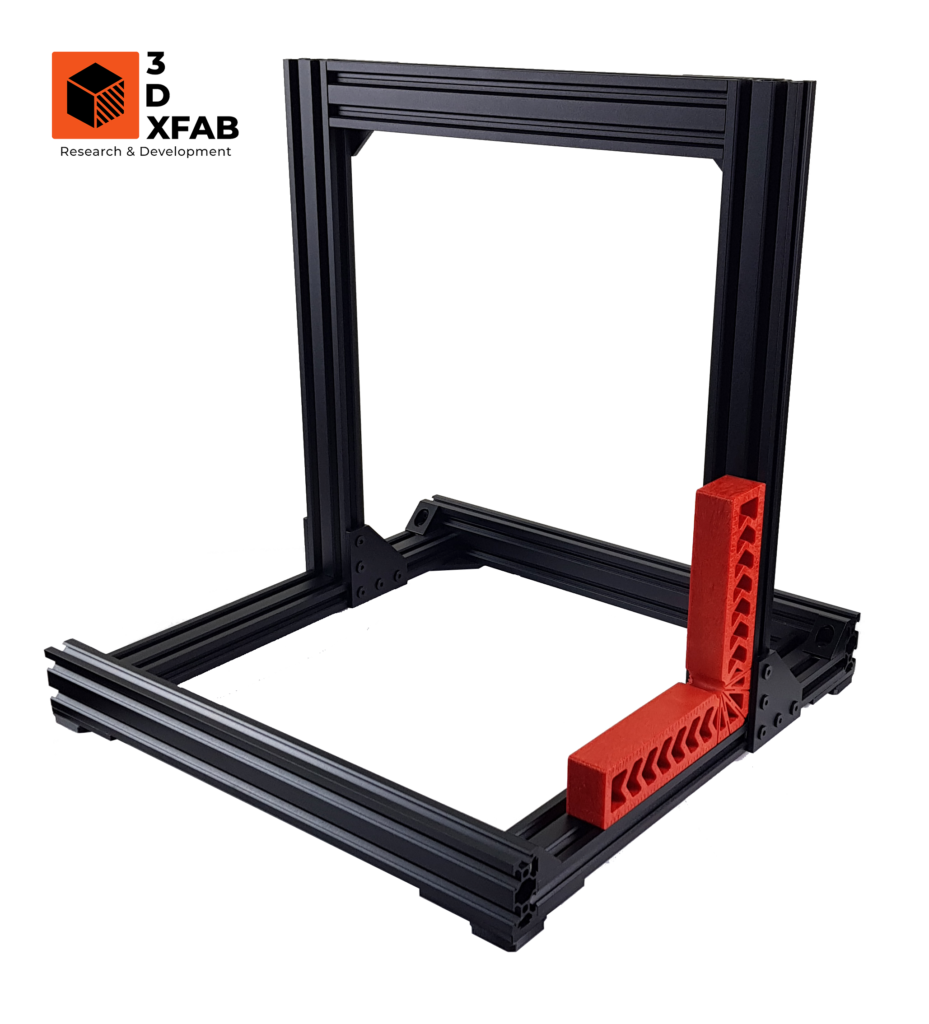
That’s all for now. Happy printing !
© 2023 by ARCTIEX RESEARCH ENTERPRISE
reg. no. CT0116430-W
This site is protected by reCAPTCHA and the Google Privacy Policy and Terms of Service apply.
+60165266627
sales@arctiex3d.com
E-06-L3, Blok E, Pusat Komersial Dataran Ecohill, Jalan Ecohill 1/2, Setia Ecohill, 43500 Semenyih